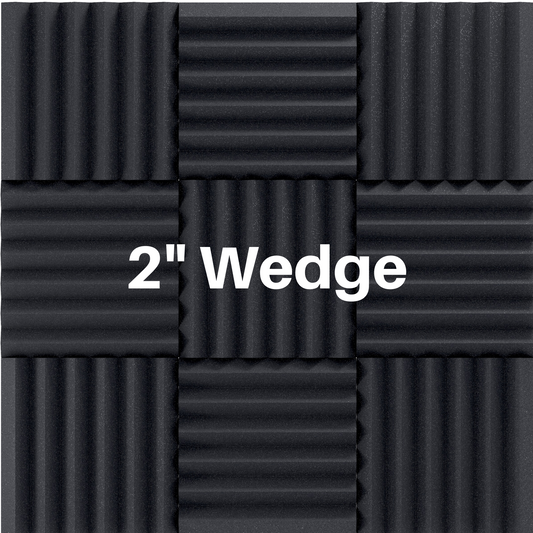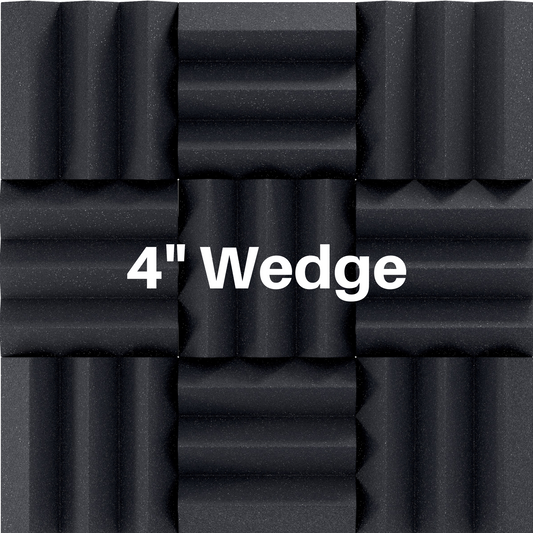What Is LEDE Room Design? - Home Studio Acoustics Setup Guide
Share
A lot of people ask us, what is the best way to set up my home studio? In reality, there is no single cookie cutter answer. However, the LEDE room design concept is a great framework for developing an acoustic treatment plan for your home studio!
What does LEDE mean?
A LEDE (Live-End-Dead-End) room is an acoustic design concept for a room that aims to achieve an even sound distribution throughout the listening space. The acoustic treatment for a LEDE room involves creating a balance between the sound-absorbing materials, acoustic diffusion, and reflective surfaces in the space.
In a LEDE room, the idea is to absorb sound up front and diffuse sound in the back. This gives you clarity and focus at your listening position while still keeping the room natural and lively.
Dead End (Front of the Room)
This is where your studio monitors are. The goal here is to absorb early reflections before they bounce back to your ears. Using absorptive panels or acoustic foam at the front wall and sidewall reflection points reduces echoes that blur your sound image.
Live End (Back of the Room)
The back half of the room is treated with diffusers instead of absorbers. Diffusers scatter sound waves in different directions, which helps maintain a sense of space and natural reverb without harsh reflections. It keeps your room from sounding “dead”.
This setup creates a controlled front end for accuracy and an open back end that prevents the space from feeling overly dampened.
Below is a diagram showing the basic LEDE home recording studio setup plan.

- Full absorption on the front wall
- Spot treatment with absorption on side walls
- Spot treatment with absorption on the ceiling
- Acoustic diffusers on the back wall
- Bass traps in the corners
Acoustic Treatment Options
Full Line Of Acoustic Foam Panels
Acoustic Diffusers
Bass Traps
In addition to the treatment of the walls, floors, and ceilings, other elements such as furniture, curtains, and carpets can also be used to help absorb or reflect sound in the space.
Overall, the acoustic treatment for a LEDE room is a careful balancing act between sound-absorbing and sound-reflective materials to achieve an even distribution of sound throughout the listening space.












1 comment
This article has one key piece of misinformation: the “live end” is the end with diffusers, the “dead end” is the end with sound absorption – hence “live end” as in “live stage recording” and “dead end” as in “the room sound is dead”